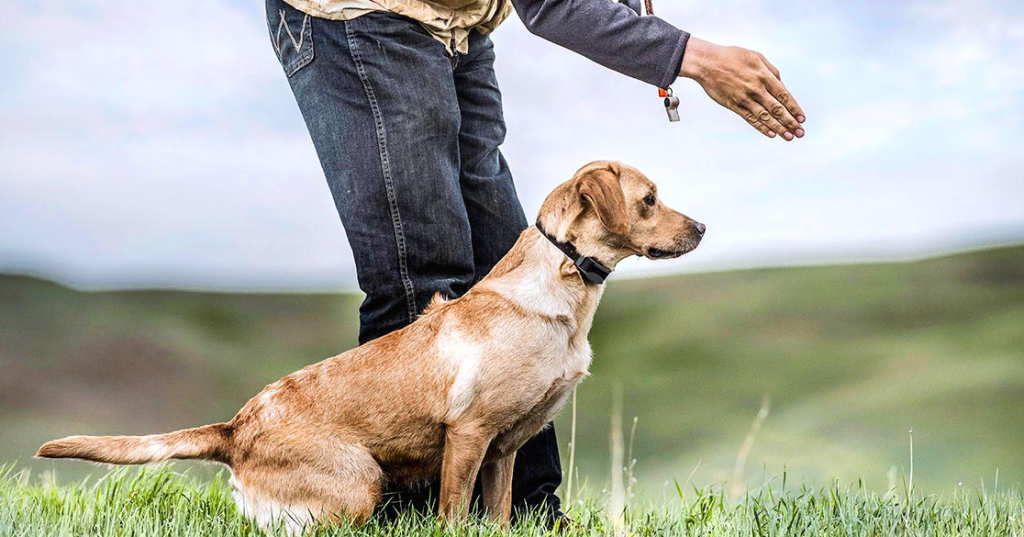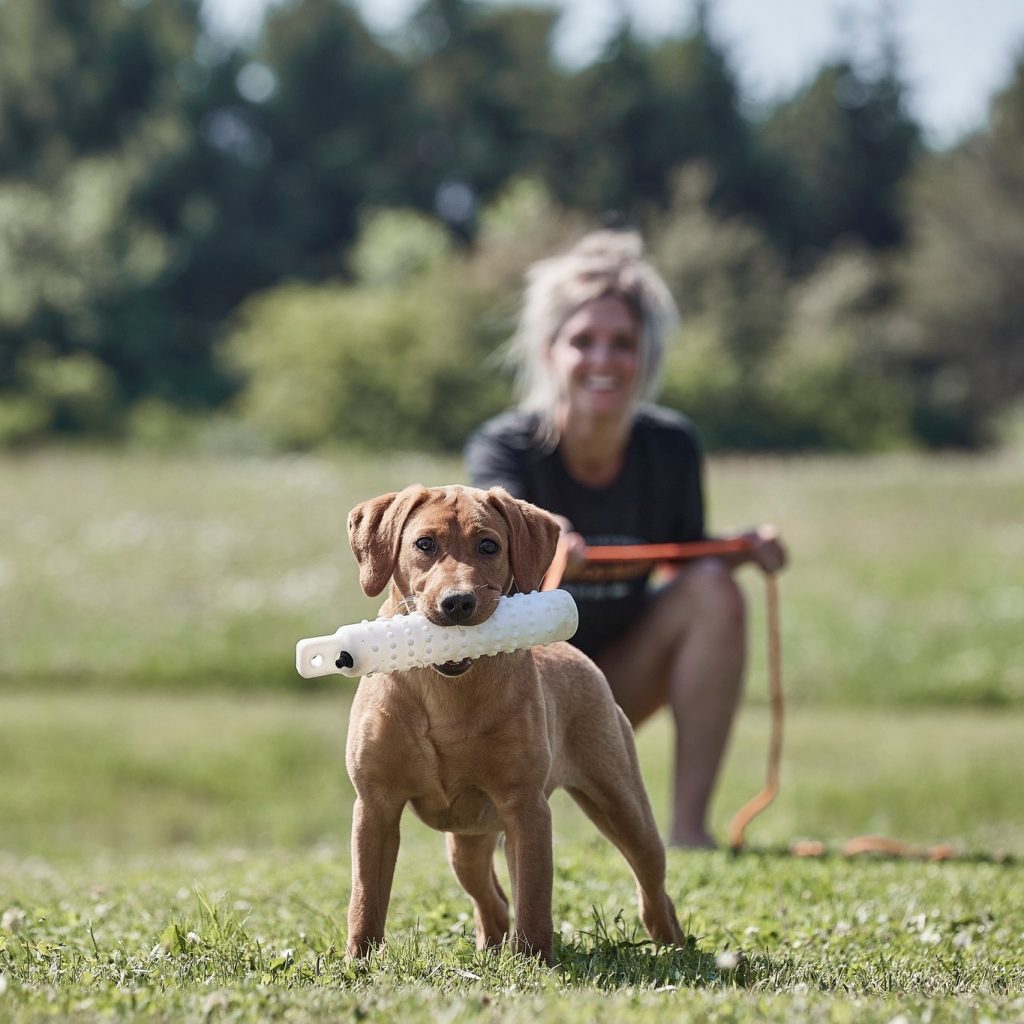As a new pet owner, one of the primary concerns is ensuring that your dog is well-behaved and happy. The excitement of bringing a new dog into your home comes with the responsibility of teaching them how to integrate smoothly into your family and surroundings. Dogs, especially puppies, are eager to learn and please, making the early stages of their lives the perfect time to start training. Training your dog from an early age is crucial to establishing a healthy, long-lasting bond built on mutual trust and respect.
Understanding the fundamentals of dog training is essential for any new pet owner. It’s not just about obedience but also about nurturing a well-adjusted, confident, and content pet. Early training helps prevent the development of problematic behaviours and sets the foundation for good habits that will last a lifetime. It also provides mental stimulation and physical exercise, both of which are important for your dog’s overall well-being.
Whether you’re a first-time dog owner or looking to refine your training methods, you need essential tools, knowledge, and confidence to train your dog effectively. With patience, consistency, and the right approach, you can enjoy a harmonious relationship with your furry friends, ensuring they grow into well-behaved and happy members of your family.
Understanding Canine Behaviour
Before diving into training methods, it’s important to understand how dogs think and behave. Dogs are pack animals with a natural instinct to follow a leader. Establishing yourself as the pack leader through consistent training is vital for a harmonious relationship. Dogs communicate through body language, vocalisations, and scents. Recognising these signals can help you better understand your dog’s needs and responses during training.
Key behaviours to look out for include:
- Body posture: A relaxed dog has a loose, wagging tail and a calm stance. Tense muscles and a tucked tail indicate fear or aggression.
- Vocalisations: Barking, whining, and growling are ways dogs express themselves. Understanding the context can help you address the cause of these sounds.
- Eye contact: Direct eye contact can be a sign of challenge or attention-seeking. Teaching your dog to look at you on command can be useful for focus and obedience.
Essential Tools and Equipment for Training

Having the right tools can significantly enhance your dog training success. Here are some essential items every new dog owner should consider.
Leashes and Collars
A sturdy leash and a comfortable collar are fundamental to any training regimen. For more advanced training, efficient shock bark collars for dogs can be particularly helpful with addressing excessive barking.
Shock bark collars for dogs are training devices designed to curb excessive barking by delivering a mild, controlled electric stimulus when the dog barks. These collars are equipped with sensors that detect the vibrations of a dog’s vocal cords or the sound of barking. When activated, they emit a static shock, which is typically adjustable in intensity to suit the dog’s size and sensitivity.
Modern shock bark collars often come with additional features such as tone and vibration modes, providing various levels of correction to match different training needs. To use a shock bark collar effectively, it is essential to fit the collar snugly around the dog’s neck, ensuring the sensors align properly with the vocal cords. Start with the lowest setting to gauge your dog’s reaction, gradually increasing the intensity if the barking continues.
It’s crucial to use the collar in conjunction with positive reinforcement techniques, rewarding your dog with treats or praise when they stop barking on command. Always follow the manufacturer’s guidelines and consult with a professional trainer to ensure the collar is used safely and humanely, promoting effective and compassionate training outcomes.
Treats and Toys
Using treats and toys in dog training is an effective way to motivate and engage your dog, making the learning process enjoyable and rewarding. High-value treats, such as small, soft bites that your dog loves, can quickly reinforce desired behaviours, encouraging your dog to repeat them.
Interactive toys, on the other hand, provide mental stimulation and can be used to reward your dog during training sessions, turning good behaviour into a fun game. This combination of treats and toys not only helps in reinforcing positive actions but also strengthens the bond between you and your dog, making training a pleasant and effective experience for both.
Clickers
Clickers are a popular tool in dog training that uses a distinct clicking sound to mark desired behaviours, providing clear and immediate feedback to your dog. When used correctly, a clicker helps your dog understand exactly what action earned them a reward, making the learning process more efficient and precise. To use a clicker effectively, you first train your dog to associate the sound with a treat, creating a positive link.
Once this association is established, you can click the clicker the moment your dog performs the desired behaviour and then immediately give them a treat. This method not only helps reinforce good behaviour but also enhances your dog’s focus and responsiveness during training sessions.
Examples of Training Methods
Positive Reinforcement
Positive reinforcement involves rewarding your dog for good behaviour, and it is widely regarded as the most effective and humane way to train dogs. Rewards can include treats, praise, or playtime.
Example: Sit Command
- Hold a treat close to your dog’s nose.
- Move your hand up, allowing their head to follow the treat and causing their bottom to lower.
- Once they’re in the sitting position, say “Sit,” give them the treat, and share affection.
Integrating Positive Reinforcement with Other Training Methods
The key to effective dog training is balance. While tools like shock and electric bark collars can be useful, they should not be the sole method of training. Integrating positive reinforcement ensures that your dog not only learns the desired behaviours but also enjoys the training process.
Negative Reinforcement and Correction
While positive reinforcement should be the primary method, there are times when correction is necessary to deter unwanted behaviours. This is where tools like barking shock collars for dogs come into play.
Example: Barking Control
- When your dog barks excessively, the collar delivers a mild shock or vibration.
- The dog learns to associate barking with the unpleasant sensation and reduces the behaviour over time.
- Always combine this method with positive reinforcement by rewarding the dog when they stop barking on command.
Clicker Training
Clicker training is a form of positive reinforcement that uses a clicker to mark the desired behaviour.
Example: Basic Obedience Commands
- Command your dog to perform a behaviour (e.g., “Sit”).
- Click the clicker the moment your dog performs the behaviour.
- Immediately give a treat after the click.
By integrating these tools and methods, you can create a comprehensive training program that is both effective and enjoyable for your dog. Remember, consistency and patience are key to successful training.
Tips for Effective Training

- Consistency: Use the same commands and rewards every time. Consistency helps your dog understand what is expected.
- Patience: Training takes time. Be patient and avoid showing frustration, as this can confuse your dog.
- Short Sessions: Keep training sessions short and engaging. Five to ten minutes is often enough to maintain your dog’s interest.
- Socialisation: Expose your dog to different environments, people, and other animals. Interacting with the outside world is crucial for a well-rounded, confident dog that plays well with others.
When to Seek Professional Help
If you find that your dog’s behaviour issues are beyond your ability to manage, consider seeking the help of a professional dog trainer. They can provide personalised guidance and help you implement more advanced training techniques.
Conclusion
Training your dog is a rewarding experience that strengthens your bond and ensures a happy, well-behaved companion. Understanding canine behaviour, utilising essential training tools like shock bark collars for dogs and electric bark collars, and integrating positive reinforcement are key components of effective training. Consistency, patience, and a balanced approach are crucial. Start early, be patient, and make training a fun and positive experience for both you and your dog.
























